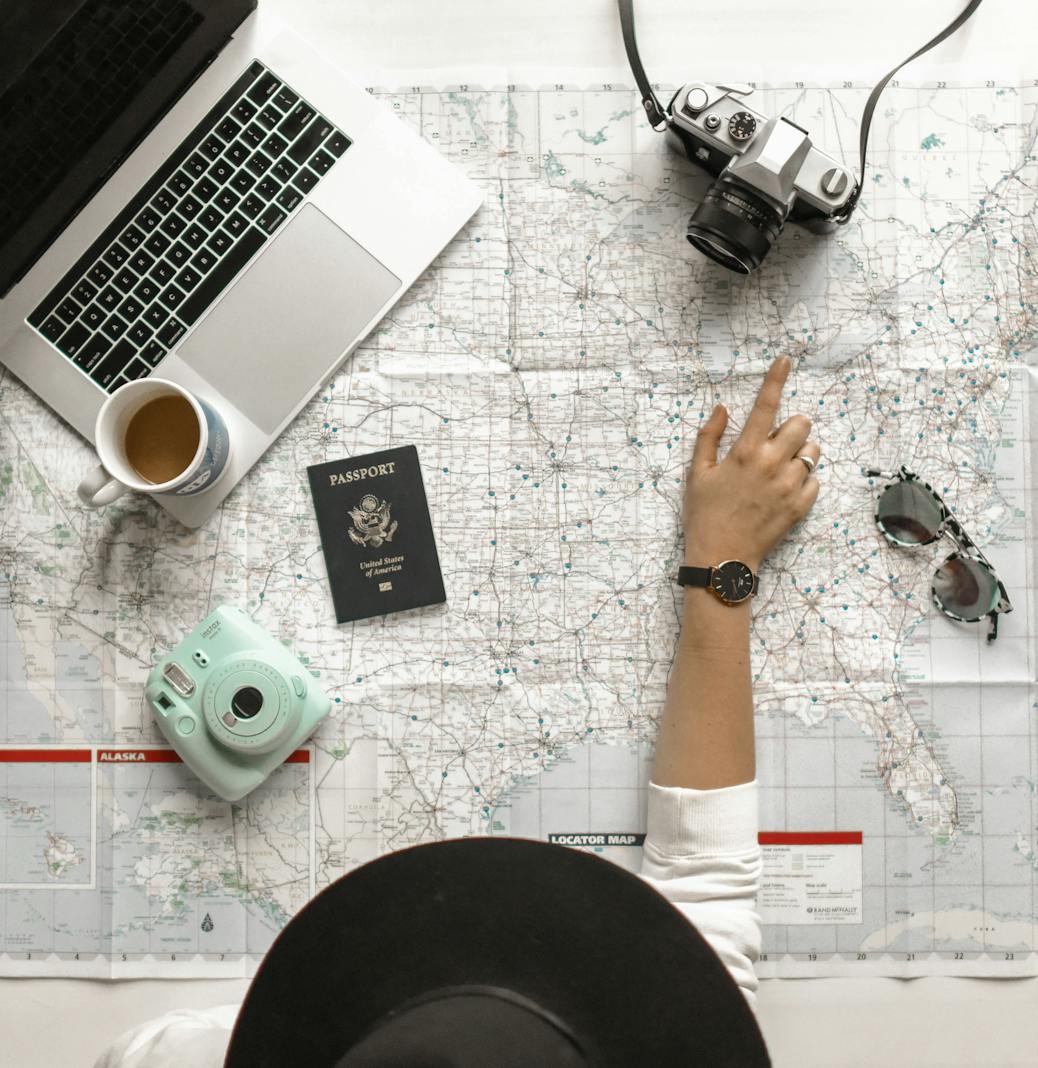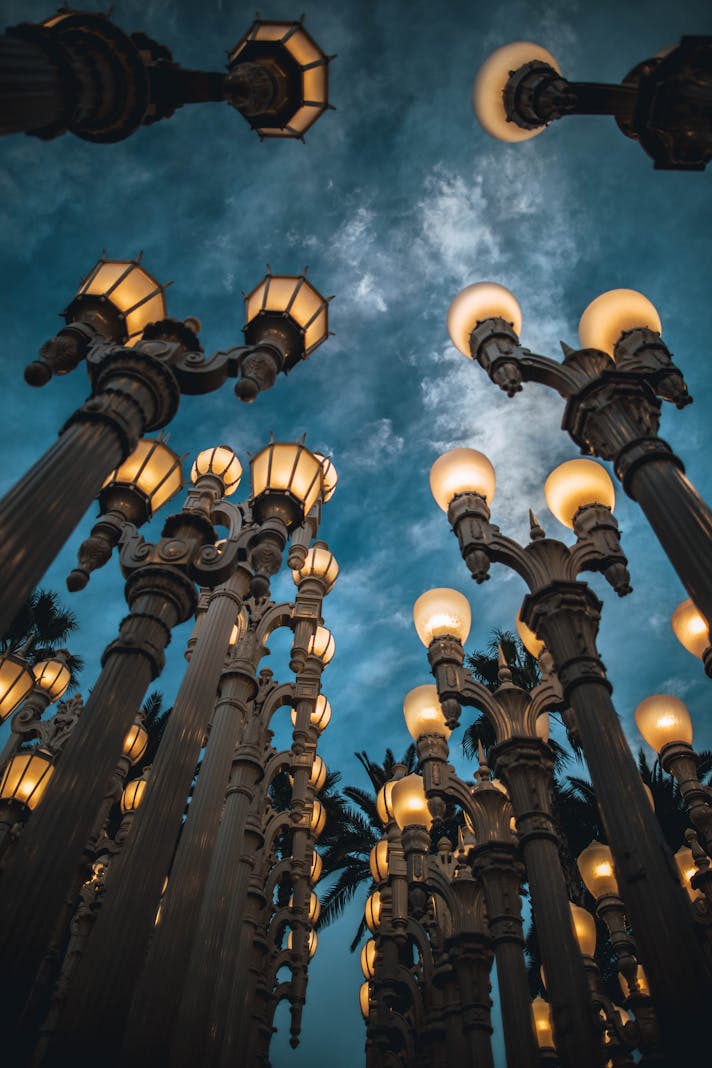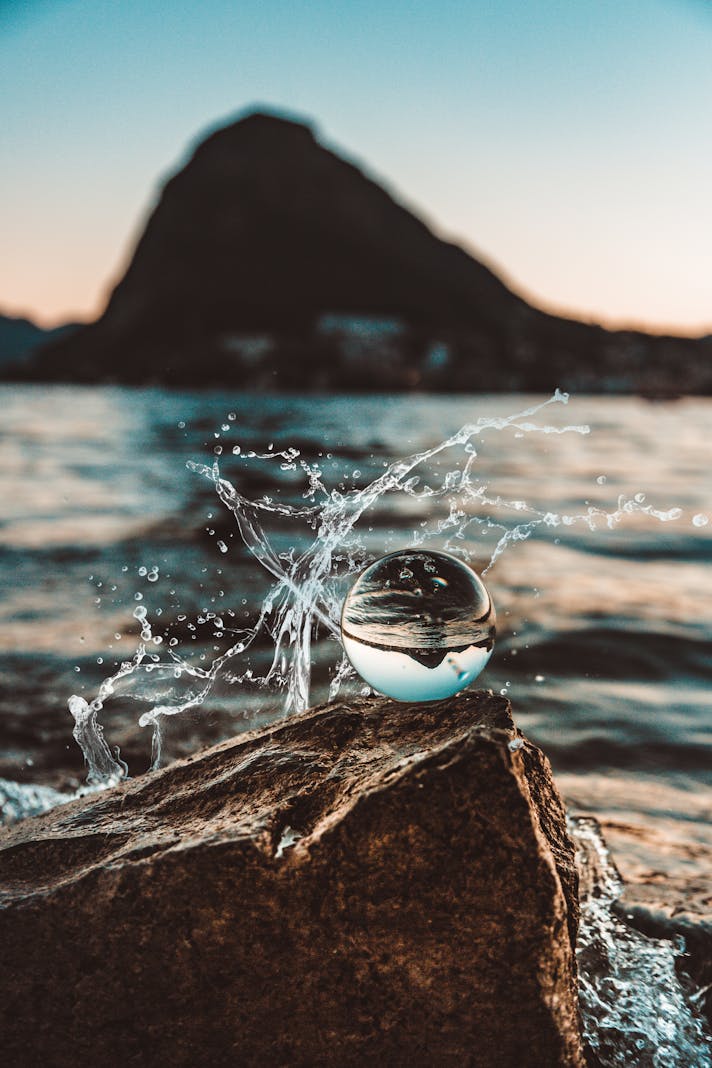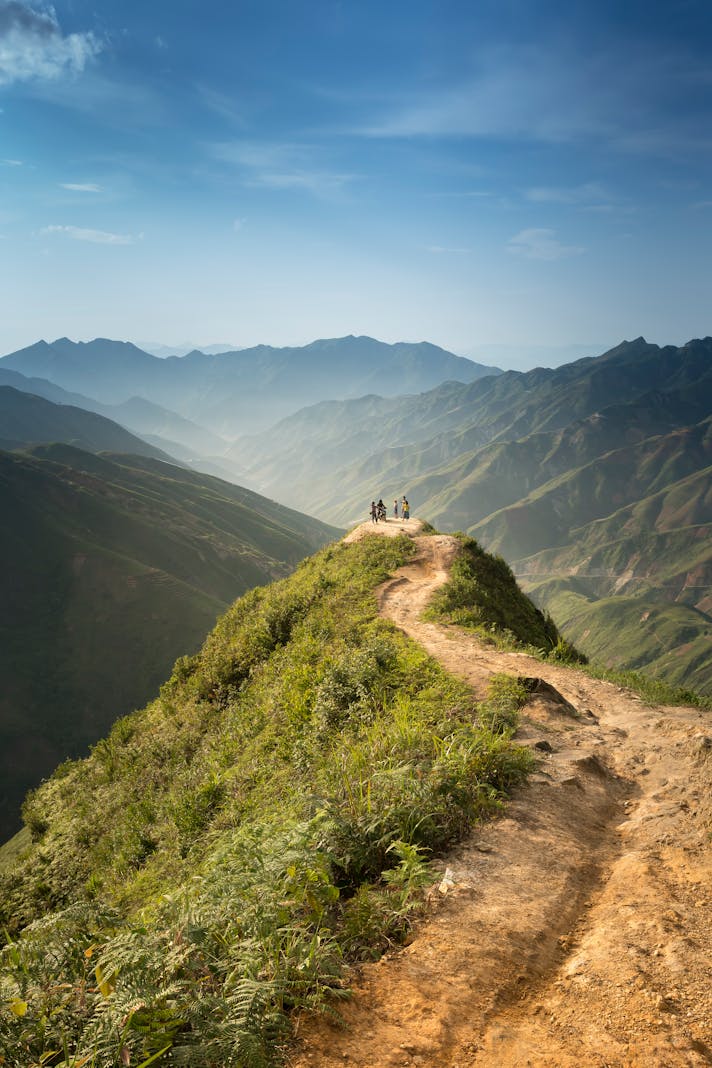The Donner Party

It’s hard to comprehend the adversity experienced by pioneers during the American westward migrations of the nineteenth century. Although the majority of United States residents lived in rural areas and thus considered themselves equipped for a journey through the wilderness, they were unprepared for the unforgiving geography and the privations of a nomadic existence. Many people died on the trail; others literally walked across the continent, only to lose what little health and wealth with which they had begun the trip. The Donner Party is but one relatively well-known example.
As is true for so many pioneers, the members of the Donner-Reed party gathered in Independence, Missouri, and began their trek to the fertile fields of California. The first three months passed uneventfully; once arrived at Fort Bridger in what is now Wyoming, however, hubris reared its ugly head. The group decided to attempt a shortcut through present-day Utah rather than use the established trail. Between the Great Salt Lake Desert and the rugged Wasatch Mountains, this decision cost the group precious weeks of time. In other words, they arrived at the base of the eastern Sierra Nevadas not in early September, but in mid-October. To add insult to injury, the winter of 1846-47 started early and became brutal very quickly. By the end of October, the party found itself trapped by snow at Truckee Lake, one of the highest points in the range.
After a six-month trek across badlands, desert, and punishing trail breaking, the group’s store of food was already depleted; a succession of snowstorms made hunting for food or gathering wood for fire extremely difficult. When the meat ran out, people subsisted on animal hides, book bindings, shoe leather, bark, and twigs. Freezing, starving, and despondent, the members of the Donne Party soon were faced with yet another scourge: to survive, they would need to resort to cannibalism.
Different individuals reacted to starvation in different ways. One party member murdered two Native Americans for food. Others waited for weak ones to die before harvesting meat. Still others refused to eat human flesh, moving farther towards starvation. By the time the party was rescued in February of 1947, over half of the pioneers had perished.
Some members of the Donner Party are remembered as heroes. Tamsen Donner, the wife of George Donner, refused rescue in order to stay with her dying husband; her body, although never found, was presumed eaten by others. The words of Patrick Breen, who kept a diary while trapped at the summit, give modern-day readers a taste of the endless days and nights of snow, cold, and hunger. James Reed, who was cast out of the party in Utah and traveled to Sacramento on his own, then found his way up to Truckee Lake in order to save the lives of his wife and children.
Today, Donner Memorial State Park is a National Historic Landmark, and the site is home to the Emigrant Trail Museum. At the park’s Visitor Center, exhibits showcase the stories of the Donner Party and others who made the trek into California; nearby, the Pioneer Monument celebrates those who came across the Sierra Nevadas in search of a better life.
Donner Memorial State Park, Old Highway 40 at I-80, near Truckee, CA.
As is true for so many pioneers, the members of the Donner-Reed party gathered in Independence, Missouri, and began their trek to the fertile fields of California. The first three months passed uneventfully; once arrived at Fort Bridger in what is now Wyoming, however, hubris reared its ugly head. The group decided to attempt a shortcut through present-day Utah rather than use the established trail. Between the Great Salt Lake Desert and the rugged Wasatch Mountains, this decision cost the group precious weeks of time. In other words, they arrived at the base of the eastern Sierra Nevadas not in early September, but in mid-October. To add insult to injury, the winter of 1846-47 started early and became brutal very quickly. By the end of October, the party found itself trapped by snow at Truckee Lake, one of the highest points in the range.
After a six-month trek across badlands, desert, and punishing trail breaking, the group’s store of food was already depleted; a succession of snowstorms made hunting for food or gathering wood for fire extremely difficult. When the meat ran out, people subsisted on animal hides, book bindings, shoe leather, bark, and twigs. Freezing, starving, and despondent, the members of the Donne Party soon were faced with yet another scourge: to survive, they would need to resort to cannibalism.
Different individuals reacted to starvation in different ways. One party member murdered two Native Americans for food. Others waited for weak ones to die before harvesting meat. Still others refused to eat human flesh, moving farther towards starvation. By the time the party was rescued in February of 1947, over half of the pioneers had perished.
Some members of the Donner Party are remembered as heroes. Tamsen Donner, the wife of George Donner, refused rescue in order to stay with her dying husband; her body, although never found, was presumed eaten by others. The words of Patrick Breen, who kept a diary while trapped at the summit, give modern-day readers a taste of the endless days and nights of snow, cold, and hunger. James Reed, who was cast out of the party in Utah and traveled to Sacramento on his own, then found his way up to Truckee Lake in order to save the lives of his wife and children.
Today, Donner Memorial State Park is a National Historic Landmark, and the site is home to the Emigrant Trail Museum. At the park’s Visitor Center, exhibits showcase the stories of the Donner Party and others who made the trek into California; nearby, the Pioneer Monument celebrates those who came across the Sierra Nevadas in search of a better life.
Donner Memorial State Park, Old Highway 40 at I-80, near Truckee, CA.

Related Articles
Editor's Picks Articles
Top Ten Articles
Previous Features
Site Map
Content copyright © 2023 by Korie Beth Brown, Ph.D. . All rights reserved.
This content was written by Korie Beth Brown, Ph.D. . If you wish to use this content in any manner, you need written permission. Contact Korie Beth Brown, Ph.D. for details.







